The DeepMind program AlphaFold predicted the structures.
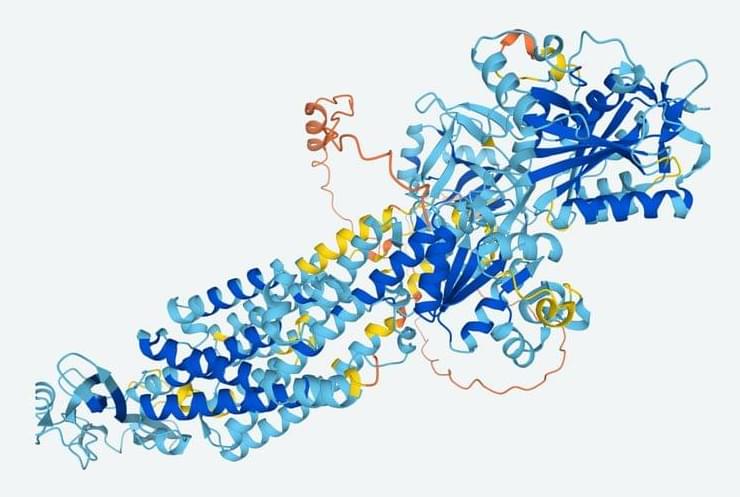

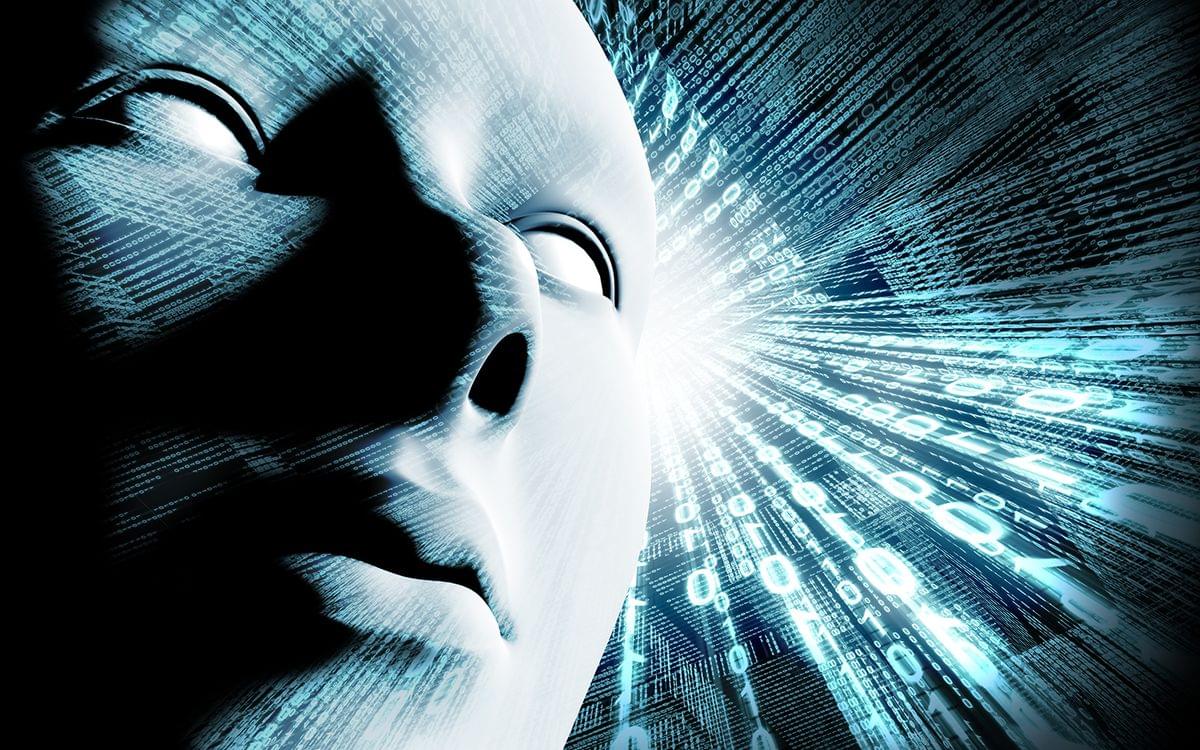
Conflict between humans and AI is front and center in AMC’s sci-fi series “Humans,” which returned for its third season on Tuesday (June 5). In the new episodes, conscious synthetic humans face hostile people who treat them with suspicion, fear and hatred. Violence roils as Synths find themselves fighting for not only basic rights but their very survival, against those who view them as less than human and as a dangerous threat. [Can Machines Be Creative? Meet 9 AI ‘Artists’]
Even in the real world, not everyone is ready to welcome AI with open arms. In recent years, as computer scientists have pushed the boundaries of what AI can accomplish, leading figures in technology and science have warned about the looming dangers that artificial intelligence may pose to humanity, even suggesting that AI capabilities could doom the human race.
But why are people so unnerved by the idea of AI?

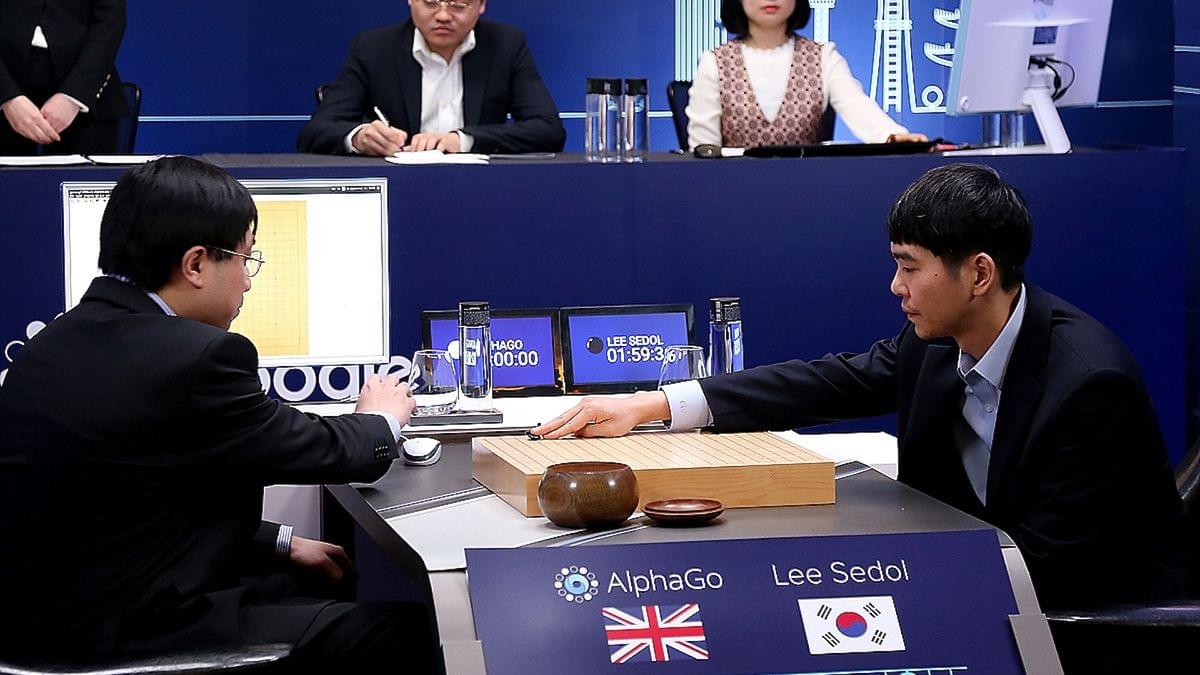
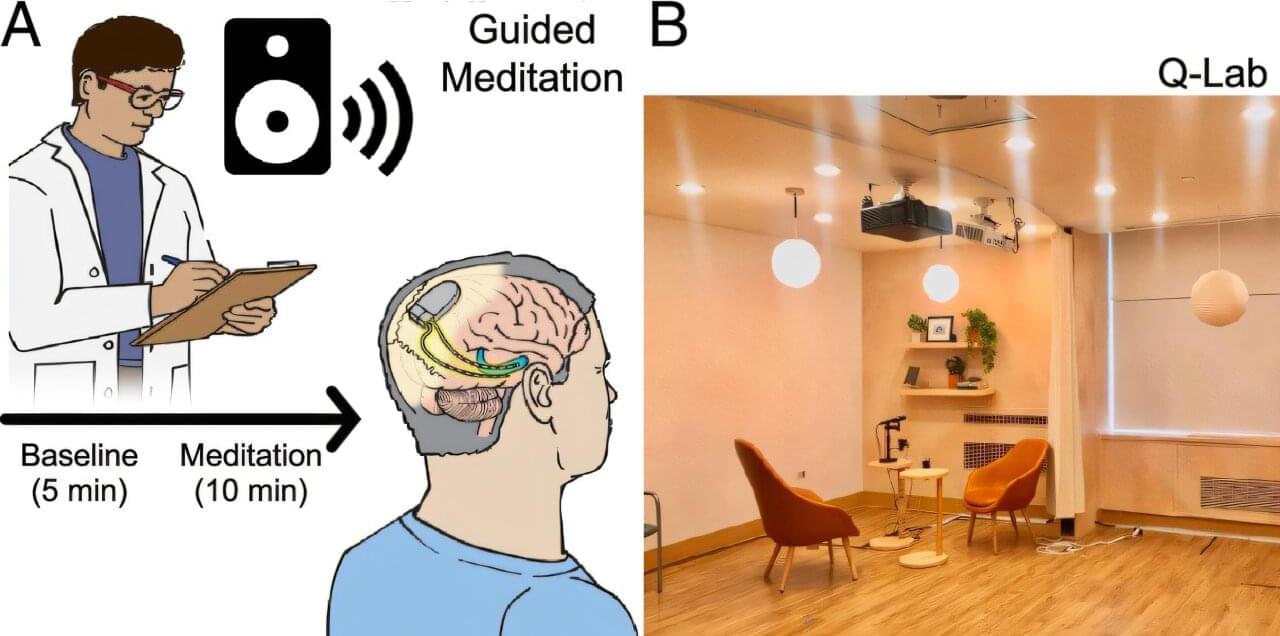
Researchers using intracranial electroencephalogram (EEG) recordings from deep within the brain found that meditation led to changes in activity in the amygdala and hippocampus, key brain regions involved in emotional regulation and memory.
The study, conducted by researchers at the Icahn School of Medicine at Mount Sinai and published Tuesday, February 4, in Proceedings of the National Academy of Sciences, may help explain the positive impact these practices have and could contribute to the development of meditation-based approaches for improving memory and emotional regulation.
Previous research has shown that meditation—a set of mental techniques to focus attention and awareness—can improve mental well-being and potentially help improve psychiatric diseases like anxiety and depression. In combination with its beneficial clinical effect, previous brain research has shown a connection between meditative practice and brain activity. Yet the specific neural activity underlying meditative practices and their positive effects is still not well understood.
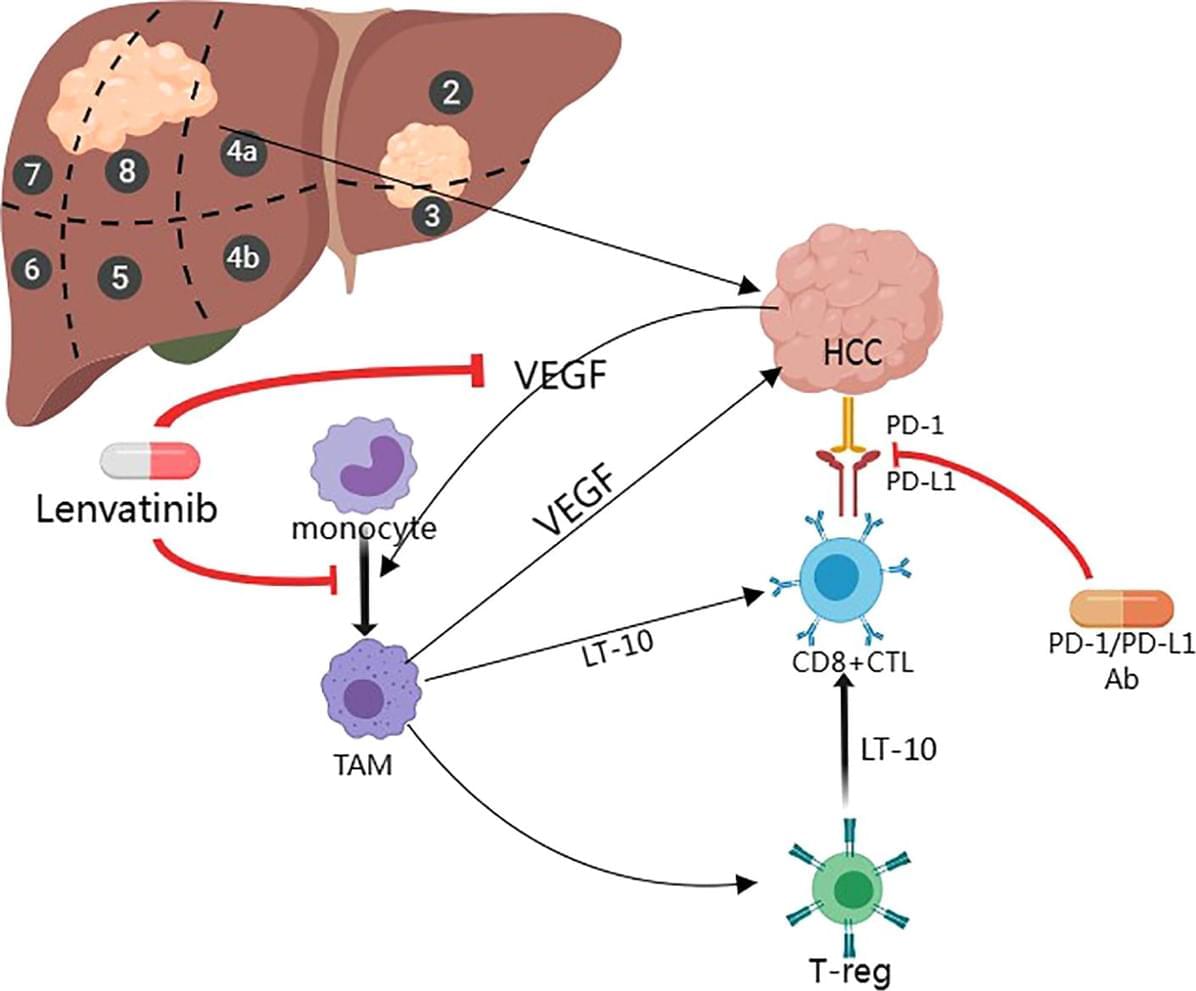
Hepatocellular carcinoma (HCC) is the most common primary liver cancer, affecting millions of people worldwide. Due to the complexity and variability of the disease, there are major challenges in the treatment of HCC in its intermediate and advanced stages; despite advances in various treatment modalities, there are still gaps in our understanding of effective therapeutic strategies. Key findings from several studies have shown that the combination of immunotherapy and targeted therapy has a synergistic anti-tumor effect, which can significantly enhance efficacy with a favorable safety profile. In addition, other studies have identified potential biomarkers of therapeutic response, such as tumor protein 53 (TP53) and CTNNB1 (encoding β-conjugated proteins), thus providing personalized treatment options for patients with intermediate and advanced hepatocellular carcinoma. The aim of this article is to review the recent advances in the treatment of intermediate and advanced HCC, especially targeted immune-combination therapy, chimeric antigen receptor T cell therapy (CAR-T cell therapy), and gene therapy for these therapeutic options that fill in the gaps in our knowledge of effective treatment strategies, providing important insights for further research and clinical practice.
Hepatocellular carcinoma is a common malignant tumor, ranking sixth and fifth in incidence globally and in China, respectively. It ranks among the top three in mortality and has long been recognized as a global challenge. HCC is the most common type of liver cancer, accounting for 75% to 80% of cases. Its incidence and mortality vary significantly across regions, which is closely related to risk factors such as viral hepatitis (e.g., hepatitis B and C), alcoholic and non-alcoholic cirrhosis, and fatty liver. Treatment options for HCC include surgical resection, percutaneous anhydrous ethanol injection, Transcatheter arterial embolization (TACE), ablative therapy, chemotherapy and liver transplantation. Early stage HCC can be completely cured by surgery, but about 70% of patients have progressed to an intermediate and advanced stage at the time of diagnosis and are unable to undergo surgery.
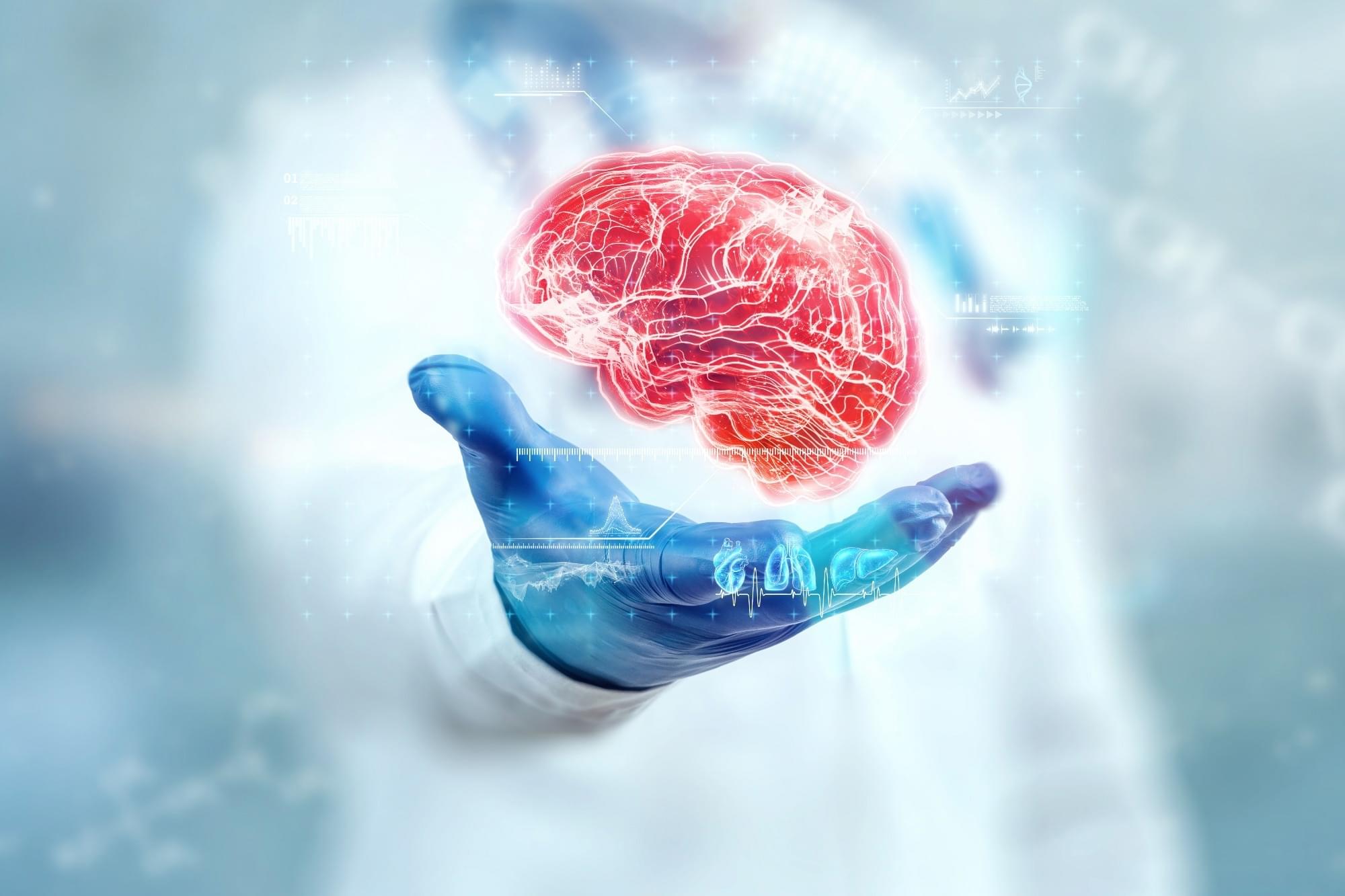
There are only four super star clusters in all the Local Group: rarities today. Here’s what the youngest, the just-discovered N79, shows us.
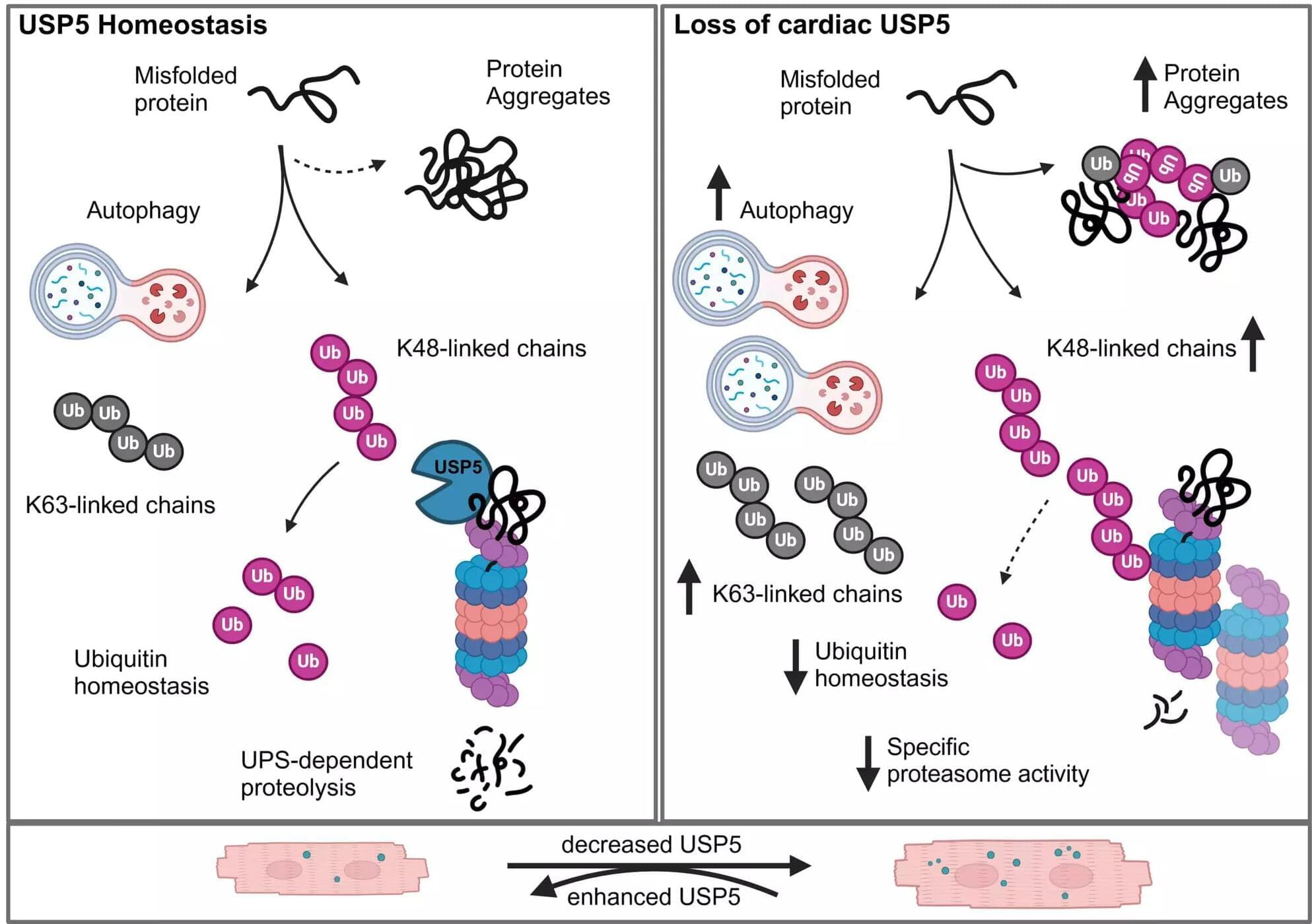
A disrupted protein degradation process in heart muscle cells can lead to a range of severe heart diseases. In the case of dilated cardiomyopathy, a pathological enlargement of the heart chambers, researchers at the Max Planck Institute for Heart and Lung Research in Bad Nauheim have now identified a cause: a low level of the enzyme Ubiquitin-specific peptidase 5 (USP5) leads to an accumulation of Ubiquitin in heart muscle cells and the formation of protein aggregates, which trigger heart diseases. Increasing USP5 levels in heart muscle cells protects the heart from harmful degradation processes, offering a perspective for new therapies.
Dilated cardiomyopathy is a pathological enlargement of one or both heart chambers, including the atria. The resulting restriction of heart function is caused by structural damage to heart muscle cells. The consequence is heart failure, which can lead to death without a heart transplant. Existing therapeutic options can usually not stop or reverse the progression of the disease.
In search of new therapeutic approaches, researchers from the department of Thomas Braun at the Max Planck Institute for Heart and Lung Research have investigated the molecular processes of protein degradation in heart muscle cells. Yvonne Eibach and Silke Kreher, both first authors of the study published in Science Advances, together with their research partners, discovered disturbances in the process that serves the disposal of defective or no longer needed proteins.
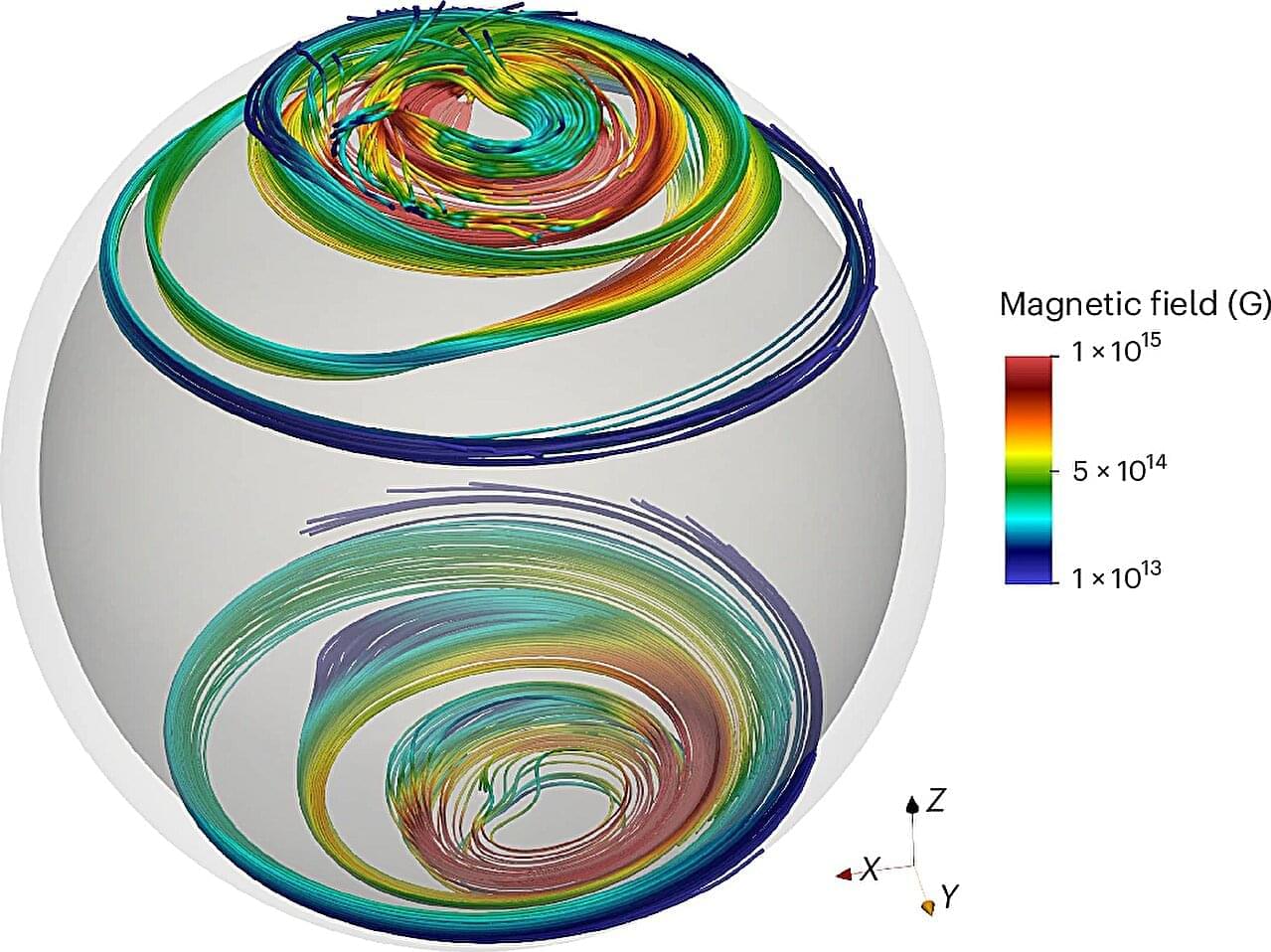
An international team of scientists has modeled the formation and evolution of the strongest magnetic fields in the universe.
Led by scientists from Newcastle University, University of Leeds and France, the paper was published in the journal Nature Astronomy. The researchers identified the Tayler-Spruit dynamo caused by the fall back of supernova material as a mechanism leading to the formation of low-field magnetars. This new work solves the mystery of low-field magnetar formation, which has puzzled scientists since low-field magnetar discovery in 2010.
The team used advanced numerical simulations to model the magneto-thermal evolution of these stars, finding that a specific dynamo process within the proto-neutron star can generate these weaker magnetic fields.